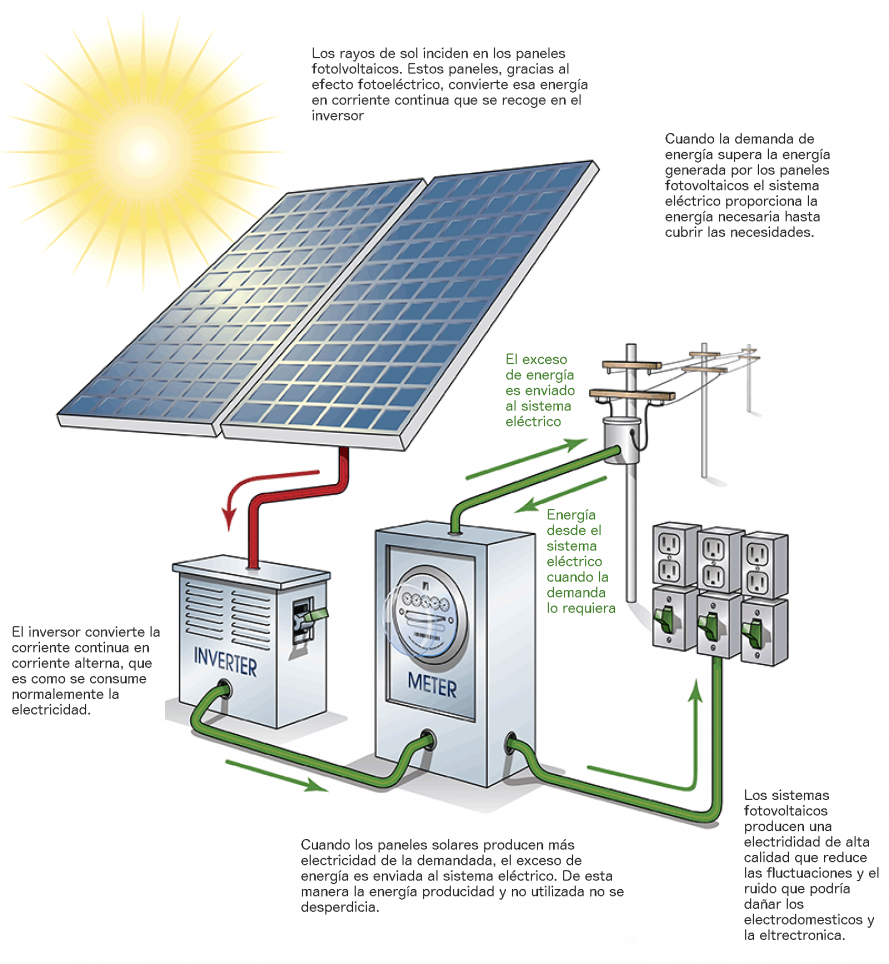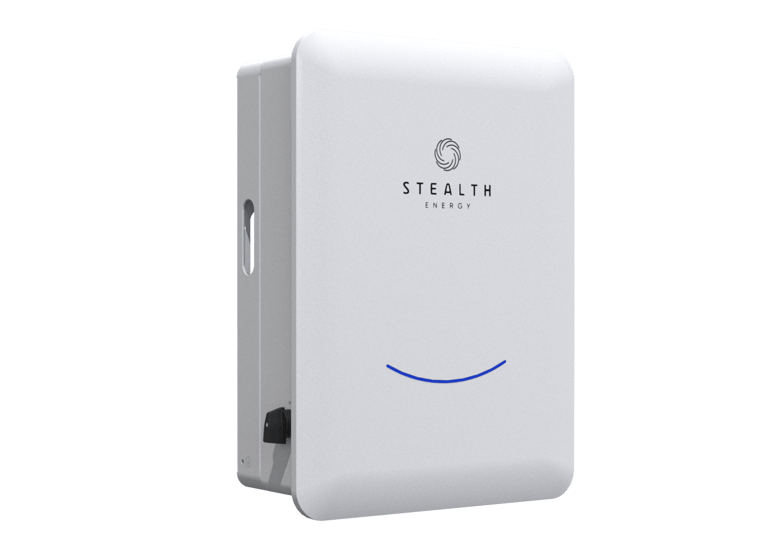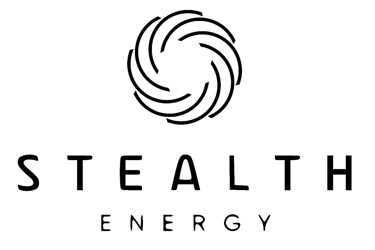Photovoltaic inverters
The maximum power that a solar panel system can provide is determined by the inverter.
SOLAR ENERGY
Solar365
9/23/2025


Since we've already discussed solar panels and the ways they can be installed in a home or business, let's now talk about photovoltaic inverters. The inverter is perhaps the most crucial device in a solar installation, as it transforms the direct current energy generated by the panels into alternating current for use in your home or business.
The power of an inverter, or its maximum output, is the maximum power that can be obtained from an installation. This is a very important point to keep in mind because during our consultations, we have seen many cases where there is some confusion about the maximum power a solar system can generate, both on the part of the client and sometimes even due to misinformation from an installation company! We will explain this below to make it clear that the power generated by the panels is not the same as the power that an inverter can provide.
The maximum power that an inverter can provide is measured in kWn (nominal kilowatts), while the power that solar panels provide is measured in kWp (peak kilowatts). This difference is important to understand. Often, a client may assume (due to a lack of technical knowledge or poor advice) that the (maximum) power they will obtain from their solar installation is the sum of the power of each panel. This is partially correct, but not always. Let's see this with an example: if a customer purchases 10 550W panels, in many cases, they will think they will have a maximum output of 5.5kWp. If we forget factors such as maximum solar irradiance at the installation site, optimal orientation, optimal inclination, etc., in theory, it could provide a maximum output of 5.5kWp under optimal conditions (laboratory conditions), but this is difficult to achieve. Calculations must be performed to determine the actual output of a solar system under real-world conditions, but we'll discuss this later. So, here we have the first point of confusion: the customer may think they will generate 5.5kWp, but they will hardly ever reach these values. This is something the advisor should explain clearly to the client to avoid misunderstandings.
But anyway, for now, let's return to the inverter, where another misunderstanding may occur. If we have an inverter with a maximum power of, for example, 5kWn, it will never provide more power than these 5kWn no matter how many panels you install, because the power of a solar system comes from the inverter.
With a 5kW inverter and 12 550W solar panels, theoretically, a maximum of 6.6kWp could be produced (under optimal laboratory conditions). However, if they are connected to a 5kW inverter, the system will never generate more than 5kW. This is very important to understand.
Now, you might ask, what's the point of putting more power into the panels than an inverter can produce? Well, for starters, panels rarely produce their maximum power under real-world conditions, so you can put more of them in to get closer to a more realistic 5kWp output from the inverter, but that requires careful calculations.
Another important aspect is the maximum input power and maximum output power of an inverter. Maximum output power is the maximum power it can deliver to the grid; maximum input power, however, is the maximum power the inverter can support (in kWp) from the panels. So if we have an inverter with a maximum output of 5kWn and a maximum input of 6.5kWp, it means we can connect a maximum power of 6.5kWp in panels.


Conclusion
Under no circumstances can solar panels be connected to more power than the inverter's maximum input allows, but this must be calculated in detail. If we install panels with a total power (kWp) greater than the inverter's output, but within its maximum range, what would happen? What would happen is that at no time would we have more power than the inverter's maximum output, but we could have greater output in the mornings and afternoons, since having more panel surface area means we'll have more solar irradiance overall at any given time.
Say yes to green energy, but wisely!
Solar365
Energy efficiency solutions
Authorized installation company
CONTACT
Contact us or write to us at:
info@solar365.es
+34 644 569 437
© 2025. All rights reserved.
Follow us on social media:
Distribuidor oficial






